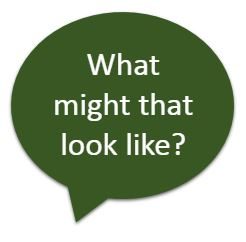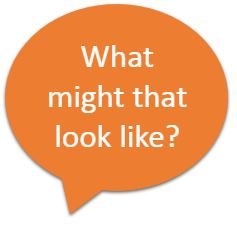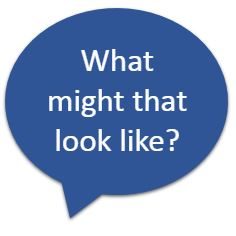| FIRST LEVEL | TECHNOLOGIES | |
| Experiences and Outcomes | Benchmarks | |
| Organiser – Digital Literacy | • Opens and saves a file to and from a specific location.
• Uses digital technology to collect, capture, combine and share text, sound, video and images. • Identifies the key components of frequently used digital technology and whether it is a piece of hardware or software. • Communicate and collaborate with others using digital technology, for example, email, Glow or other platforms. |
|
|---|---|---|
| Using digital products and services in a variety of contexts to achieve a purposeful outcome | ||
|
I can explore and experiment with digital technologies and can use what I learn to support and enhance my learning in different contexts. TCH 1-01a
|
||
 |
Progression |
|
| For a range of purposes across my learning & play I can/am able to | For a range of purposes across my learning & play I can/am able to | For a range of purposes across my learning & play I can/am able to |
| With support, begin to open, edit & save files e.g. within “My documents” | With support, use the main functions of familiar software to open, edit & save files from & to a specific location e.g. saving to “My Documents” & shared area. | Begin to use the main functions of software to open, edit & save files from & to existing & new folder locations |
|
“When learning about sharing their ideas and thinking learners might: * Create texts indifferent media, such as a class news report with a green screen where they have a background to simulate a report from an exotic or dangerous location, such as the moon or a volcanic eruption |
||
|---|---|---|
| With support, explore & experiment with digital technologies to collect, capture & combine sound, text & images e.g. Clips, Word, Book Creator, etc | Explore & experiment with digital technologies to collect, capture & combine sound, text, images & video e.g. PowerPoint, iMovie, etc. | Explore & experiment with a wider range of digital technologies to collect, capture & combine text, images and video e.g. video within Sway, audio with Garage band in iMovie |
|
“When learning about tools that help us learners might: * Use the iPad Measure app alongside traditional measuring instruments, such as tape, ruler or metre stick, to measure everyday objects https://twitter.com/MrsCrerar/status/1227999725598715905?s=20 |
||
| With support, extend the range of digital hardware & software I am able to use. | Begin to recognise & name the key components of digital technology I use frequently. | Identify the key components of frequently used digital hardware & software & begin to say whether these are input or output devices. |
| Use touch-screen and/or mouse/key board functions with increasing confidence to enhance my learning in different contexts e.g. space bar, enter/return, backspace, shift keys. | Extend & develop my use of a wider range of key board functions to enhance my learning in different contexts e.g. begin to use features such as “Esc” to switch between programs. | Identify & use most common key board functions & say what they do. |
| With support, begin to participate in collaborative communications with others online using safe platforms such as Glow e.g. class email, class Skype session, etc. | Explore & experiment with ways to collaborate & communicate with others online using safe platforms such as Glow e.g. Word Online for creation of a shared document | Use Glow & other safe digital platforms to communicate & collaborate with others e.g. saving a piece of work to Microsoft Teams area. |
|
“When learning about online communications learners might: * Access learning through online collaboration sites, such as Microsoft Teams or Google Classroom. Learners might |
||
|
|
||
|
|
||
 From Education Scotland National Improvement Hub “What digital learning might look like”:
From Education Scotland National Improvement Hub “What digital learning might look like”: From Education Scotland National Improvement Hub “What digital learning might look like”:
From Education Scotland National Improvement Hub “What digital learning might look like”: From Education Scotland National Improvement Hub “What digital learning might look like”:
From Education Scotland National Improvement Hub “What digital learning might look like”: